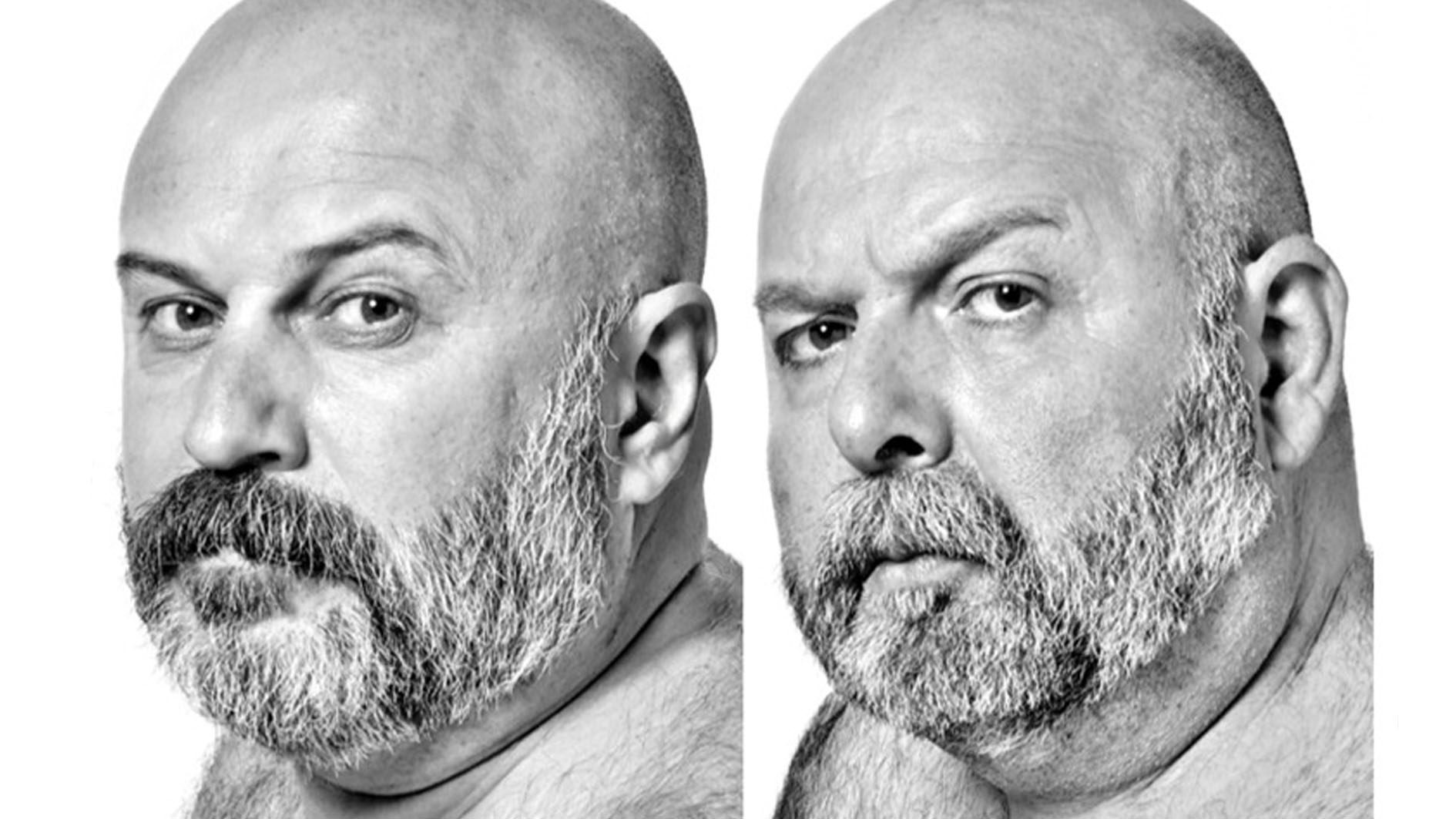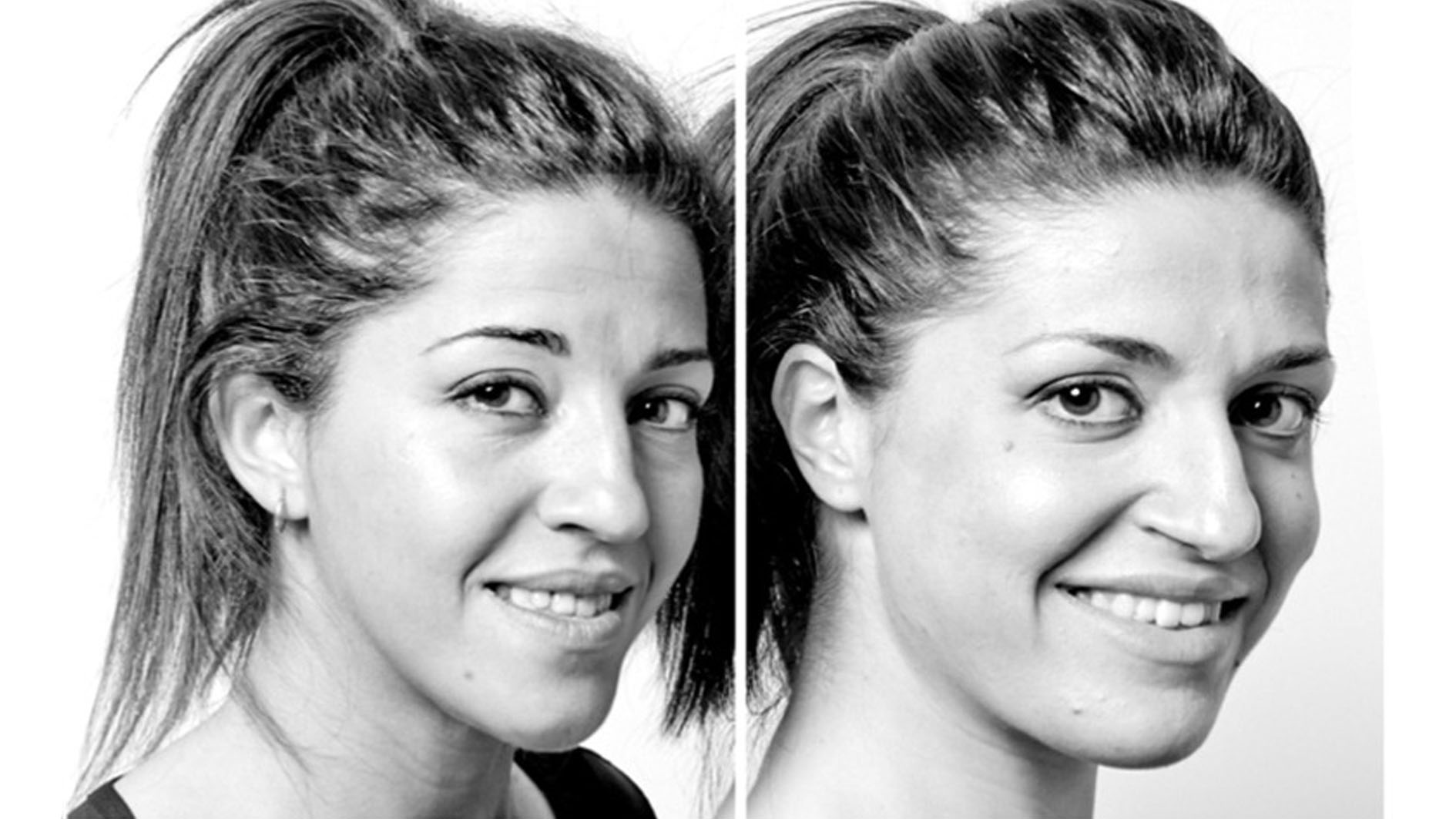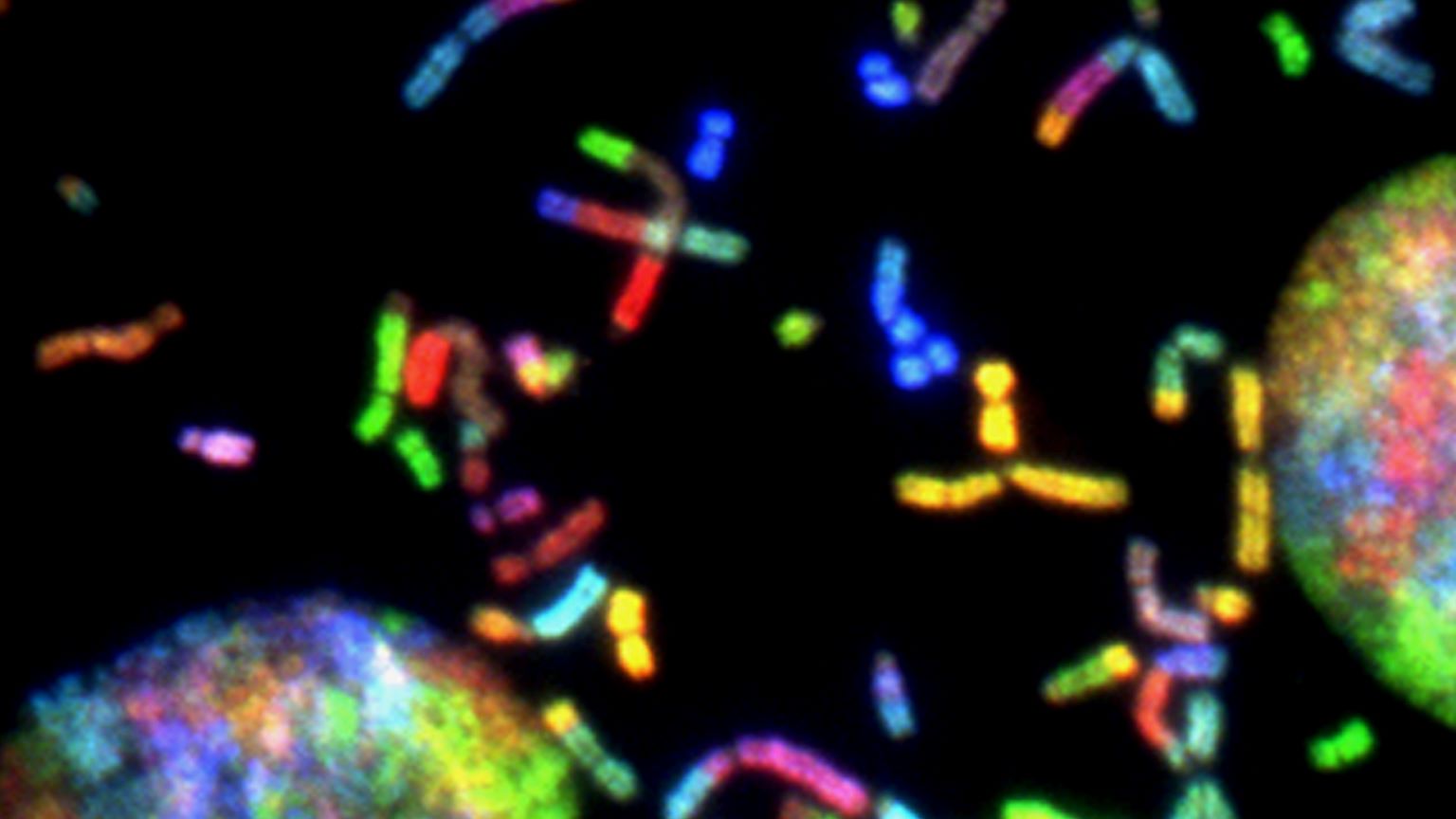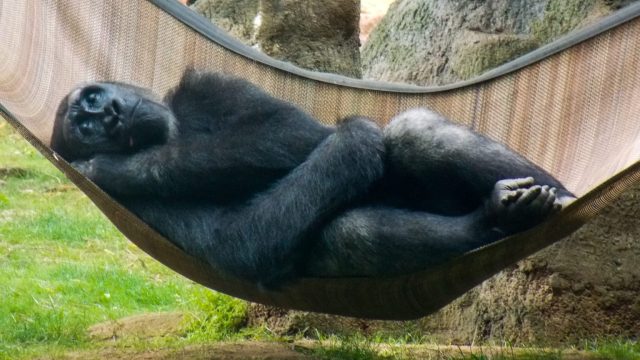Doppelgangers share similar genetics and behaviors, study discovers

- A photographer has been collecting pictures of human “lookalikes” for over 20 years.
- Spotting an opportunity, scientists recruited several of them to participate in a study. The volunteers provided DNA samples and answered questions about themselves.
- The researchers found that humans who look alike have similar genetic profiles and even display similar behaviors, such as smoking.
A new study by researchers in Spain shows that human “look-alikes” who have similar facial features also tend to share many genetic similarities, and also share certain lifestyle attributes.
The research, published in the journal Cell Reports, provides some insight into the molecular genetic mechanisms that contribute to construction of the face. The authors say these findings could eventually be applied to forensics, by enabling predictions of facial structure from DNA.
The experiment
Ricky Joshi of the Josep Carreras Leukemia Research Institute in Barcelona and his colleagues collected headshots of 32 pairs of unrelated look-alikes from the photographs of Canadian artist François Brunelle, who has been collecting photographs of lookalikes since 1999.
Joshi and his colleagues used three different facial recognition algorithms to analyze the photographs to determine the similarities between each pair. Twenty-five of the pairs were classified as being “very similar” by at least two of the algorithms, and half were matched by all three, with scores comparable to those of identical twins. They then contacted all of the people in the photographs that they had chosen and asked them to complete a questionnaire about their lifestyle and to submit a sample of saliva.
The researchers extracted DNA from the saliva samples and analyzed it in three different ways: They (1) compared each participant’s genome by mapping more than 4.3 million genetic variants called single nucleotide polymorphisms (SNPs); (2) looked at the participants’ “epigenomes” by comparing over 850,000 DNA modification sites; and (3) used RNA sequencing to compare the participants’ microbiomes.
Look alike, act alike

Source: François Brunelle via Cell Reports.
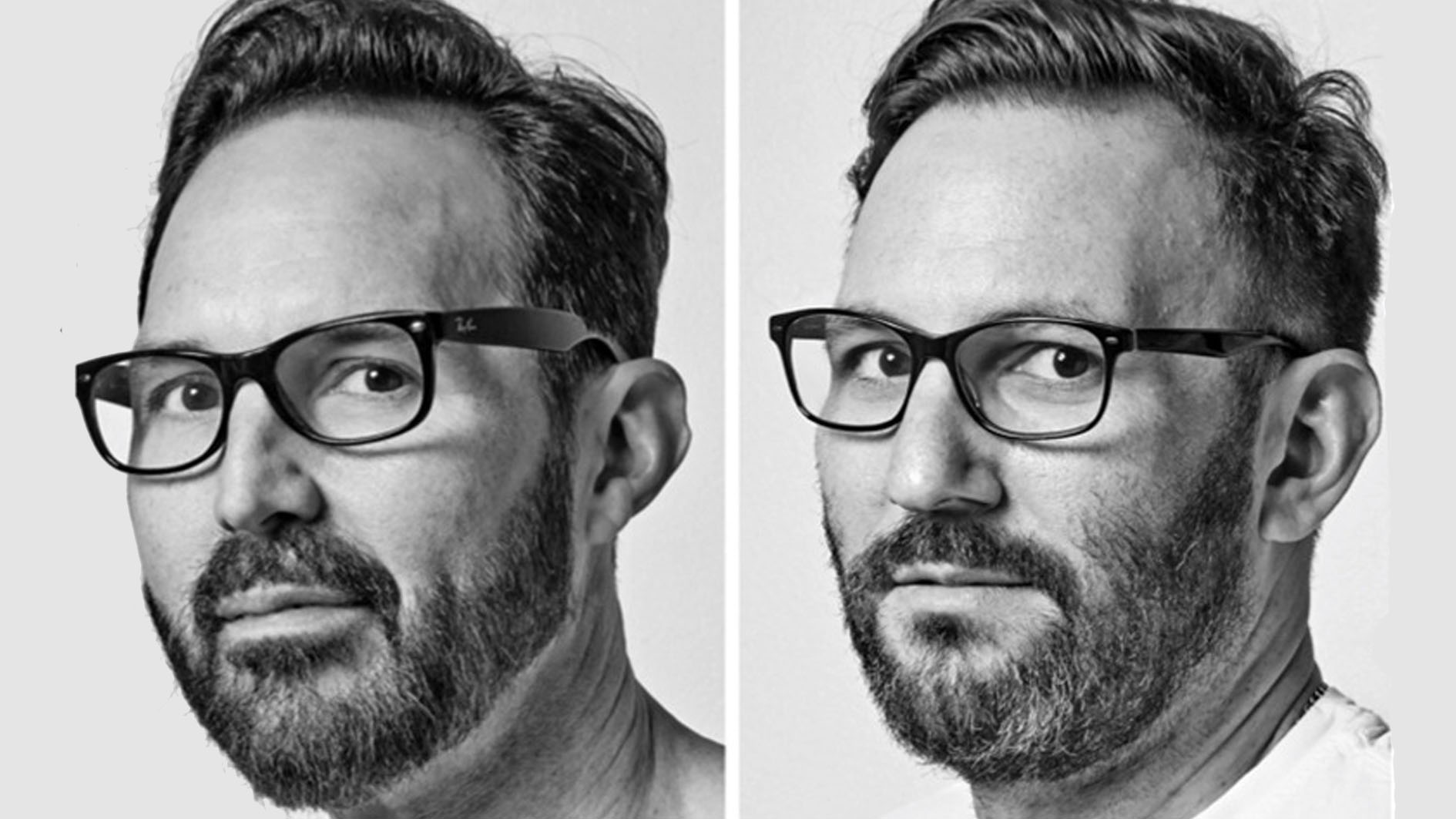
The analyses revealed that 9 of the 16 very similar pairs shared over 19,200 SNPs in more than 3,700 genes, and that these similarities were not due to any shared ancestry. By contrast, there was very little similarity in their epigenomes and microbiomes. Furthermore, these “ultra look-alikes” also shared physical characteristics such as weight and height, as well as habits and behaviors like smoking and educational level, suggesting that the shared genetic variants influence not only physical appearance but also lifestyle.
The study is limited by the small size of the sample, which is also not representative of the world’s population. Thirteen of the look-alike pairs were of European descent, and the remaining three were East Asian, South Asian, and Hispanic. Still, it provides evidence that those who look alike also act alike.
